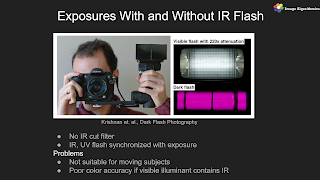Guo et al. from Changchun Institute of Optics, University of Chinese Academy of Sciences, and Gpixel Inc. published a paper titled "Study on 3D Effects on Small Time Delay Integration Image Sensor Pixels" in Sensors.
Abstract: This paper demonstrates the impact of 3D effects on performance parameters in small-sized Time Delay Integration (TDI) image sensor pixels. In this paper, 2D and 3D simulation models of 3.5 μm × 3.5 μm small-sized TDI pixels were constructed, utilizing a three-phase pixel structure integrated with a lateral anti-blooming structure. The simulation experiments reveal the limitations of traditional 2D pixel simulation models by comparing the 2D and 3D structure simulation results. This research validates the influence of the 3D effects on the barrier height of the anti-blooming structure and the full well potential and proposes methods to optimize the full well potential and the operating voltage of the anti-blooming structure. To verify the simulation results, test chips with pixel sizes of 3.5 μm × 3.5 μm and 7.0 μm × 7.0 μm were designed and manufactured based on a 90 nm CCD-in-CMOS process. The measurement results of the test chips matched the simulation data closely and demonstrated excellent performance: the 3.5 μm × 3.5 μm pixel achieved a full well capacity of 9 ke- while maintaining a charge transfer efficiency of over 0.99998.
Paper link [open access]: https://www.mdpi.com/1424-8220/25/7/1953
















